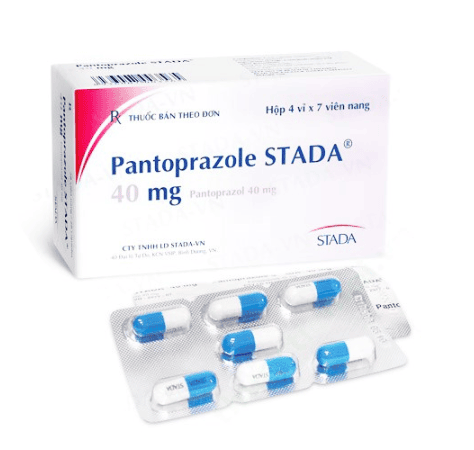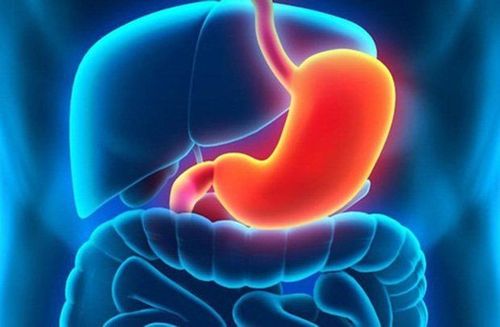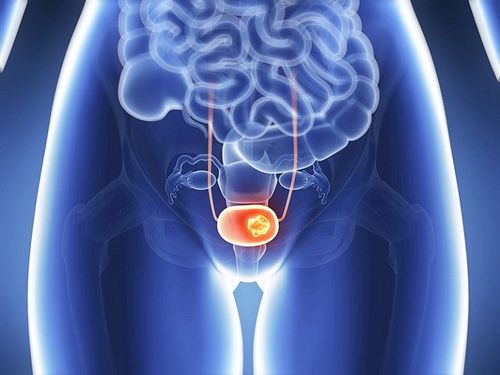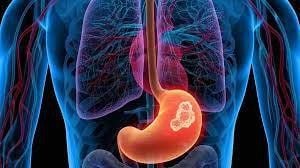This is an automatically translated article.
Autoimmune atrophic gastritis of the stomach is hereditary, the disease directly affects parietal cells and results in vitamin B12 deficiency causing pernicious anemia and the risk of gastric adenocarcinoma. 3 times higher than the average person.1. What is autoimmune atrophic gastritis?
Autoimmune atrophic gastritis, also known as autoimmune gastritis, is an atrophic inflammation of the gastric mucosa, usually concentrated mainly in the body and gastric aneurysm, due to the appearance of antibodies against parietal cells of the stomach. and resistance to components (including intrinsic factor and proton pump H+,K+-ATPase) that can lead to destruction of gastric mucosa.In autoimmune gastritis, most patients present with anti-metabolic or anti-endothelial cell antibodies. In autoimmune gastritis, the mechanism of gastric acid secretion changes, due to the appearance of antibodies against proton pump H+,K+-ATPase (this is the main active pump in the production of gastric juice) from the stomach. It causes a decrease in gastric secretion and a decrease in endogenous factor.
Decreased gastric secretion in the early stages of the disease due to the reverse regulation mechanism can increase secretion stimulation, so there are not many signs of disease, in the later stages, the compensatory mechanism does not respond to the number of cells. The parietal cells are destroyed, so gastric juice is reduced. This is demonstrated by an increased pH of the gastric juice. The reverse regulatory mechanism may increase gastric secretion stimulation that increases gastrin secretion from the G cells of the antrum. Increased gastrin levels lead to hyperplasia of the pheochromocytoma, which can sometimes transform into a carcinoid tumor. Decreasing intrinsic factor reduces vitamin B12 levels, because endogenous factor plays an important role in the absorption of vitamin B12 in the terminal ileum. Thus, this process leads to chronic vitamin B12 deficiency. This leads to neuropathy and megaloblastic anemia due to vitamin B12 deficiency. Autoimmune atrophic gastritis is often associated with genetic factors. Several studies of patients with hashimoto's thyroiditis (autoimmune thyroiditis) have shown that patients also have autoimmune atrophic gastritis. In addition, 50% of patients with thyroiditis develop autoimmune atrophic gastritis.
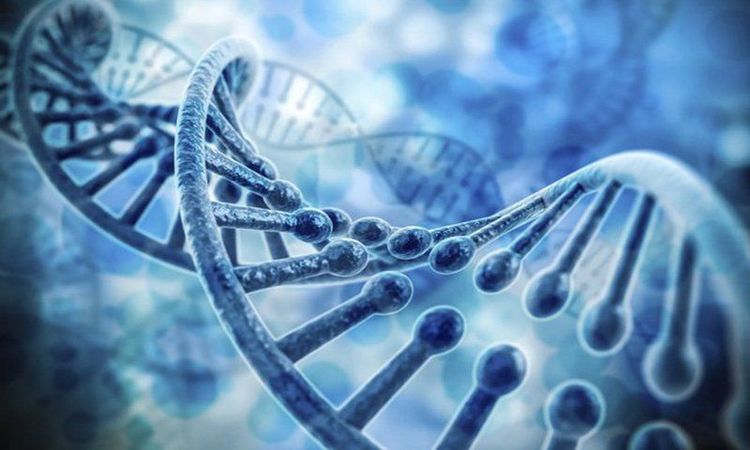
Bệnh viêm teo dị sản dạ dày tự miễn thường liên quan tới yếu tố di truyền
2. Signs of autoimmune atrophic gastritis
Usually, the symptoms of chronic atrophic gastritis progress slowly over a long period of time, so the diagnosis is often delayed.Symptoms of anemia: In the early stages, patients with iron deficiency anemia because the decrease in HCl acid in the stomach reduces iron absorption. In the later stage, the patient presents with macrocytic anemia due to a lack of vitamin B12. This is the most common sign. Neurological symptoms due to vitamin B12 deficiency are also common signs, with manifestations such as: fatigue, paresthesias, numbness mainly in the legs, feeling of shortness of breath, dizziness, sleep disturbances , depression. Gastrointestinal symptoms: Abdominal fullness, slow digestion, feeling of warmth in the epigastrium or frequent gastrointestinal infections due to a decrease in the amount of gastric acid.
3. Diagnostic method of autoimmune atrophic gastritis of the stomach
Diagnosis of autoimmune atrophic gastritis is based on clinical signs, recognition of clinical signs that are disease-oriented, and the use of paraclinical methods that are essential for a definitive diagnosis.3.1. Endoscopy Endoscopy is thought to be the gold standard for the diagnosis of chronic autoimmune gastritis, combining endoscopic imaging with histopathology from biopsies obtained endoscopically. When endoscopy can be assessed:
Using magnifying endoscopy technique, thereby making it easier to identify gastric mucosal atrophic lesions in terms of extent and location. Biopsy should be taken at 5 sites including: 2 pieces in the body, 2 pieces in the antrum, 1 piece in the area between the body and the antrum. Use the results of analysis of fragments through histopathology to diagnose the disease state. If the antrum results are normal or chronic inflammation, but the body shows atrophic gastritis, the diagnosis is autoimmune gastritis. Cases of autoimmune gastritis co-infected with HP bacteria often lead to diffuse atrophic lesions in both the body and antrum, in this case, the diagnosis of autoimmune gastritis should be based on antibody results. parietal cell or endogenous factor positive.
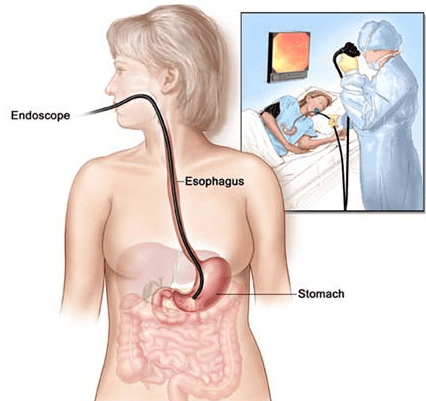
Nội soi được cho là tiêu chuẩn vàng để chẩn đoán viêm dạ dày mạn tính tự miễn
3.3 Some other tests Some other tests are used to support the definitive diagnosis and monitor the medical condition:
Test for anti-parietal cell antibodies, anti-internal factor antibodies. Quantification of gastrin levels helps to assess the state of increased gastrin secretion from G cells due to decreased secretion of gastric juice. Pepsinogen (PG) I, II : Measuring the concentration and calculating the PGI/PGII index to coordinate diagnosis. In autoimmune gastritis, there will be a decrease in PGI levels and PGI/PGII index <3 . Patients with megaloblastic anemia should have vitamin B12 measured. This value can change over time, in some cases the values are still within the normal range. Serum Iron: Because decreased gastric juice leads to decreased iron absorption, serum iron is often reduced.
4. What to do when you have autoimmune atrophic gastritis?

Ở những giai đoạn sớm, người bệnh được khuyến cáo sử dụng bổ sung sắt, acid folic, vitamin B12
Please dial HOTLINE for more information or register for an appointment HERE. Download MyVinmec app to make appointments faster and to manage your bookings easily.
Reference sources: msdmanuals.com, bvdkquangnam.vn




